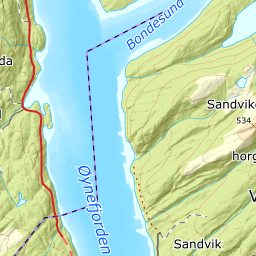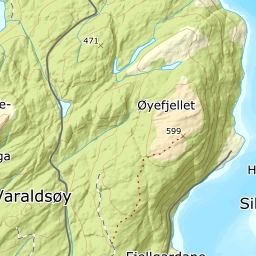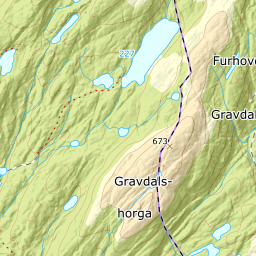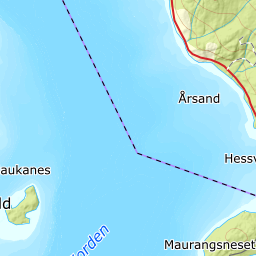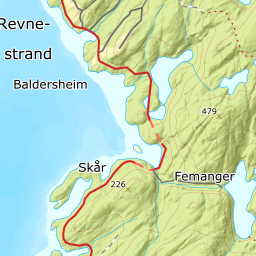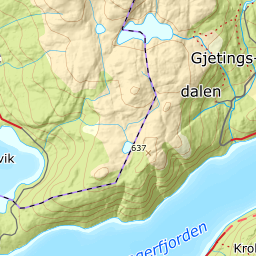How old the giant in Møkjedalen on Varaldsøy Island is, nobody knows, but with its 11 metre height and 5.4 metre trunk diameter (measured in 1998), this is Norway's biggest Yew tree.
The English Yew grows slowly and can take many shapes. Normally, it has one or few trunks, with a wide crown and long, sprawling branches. In Norway it seldom grows taller than 10–12 metres, but at its highest it can reach a height of about 15 metres. Hordaland is especially rich in Yew trees and has several giants. Such "originals" are reputed to be very old, but this can be difficult to prove. Several Norwegian Yew trees are believed to be 400--600 years old. From the British Isles one finds information about Yew trees that are supposed to be 2000 years old.
Since the 1930s, 20 Yew trees have been protected as historical monuments. Three of these grow in Møkjedalen. The one tree is nearly dead, but the other two are gigantic and vibrant. The biggest yews are - like the other protected giants - *[male] trees. The tree has a mighty crown of powerful, over seven metre-long branches that stretch outwards. It would have been several metres higher if the tops had not been broken (probably by snow) several times during the years. The trunk is hollow, with big cracks. One can crawl into the tree in a hole down near the ground and see the light streaming in through the branch-holes.



